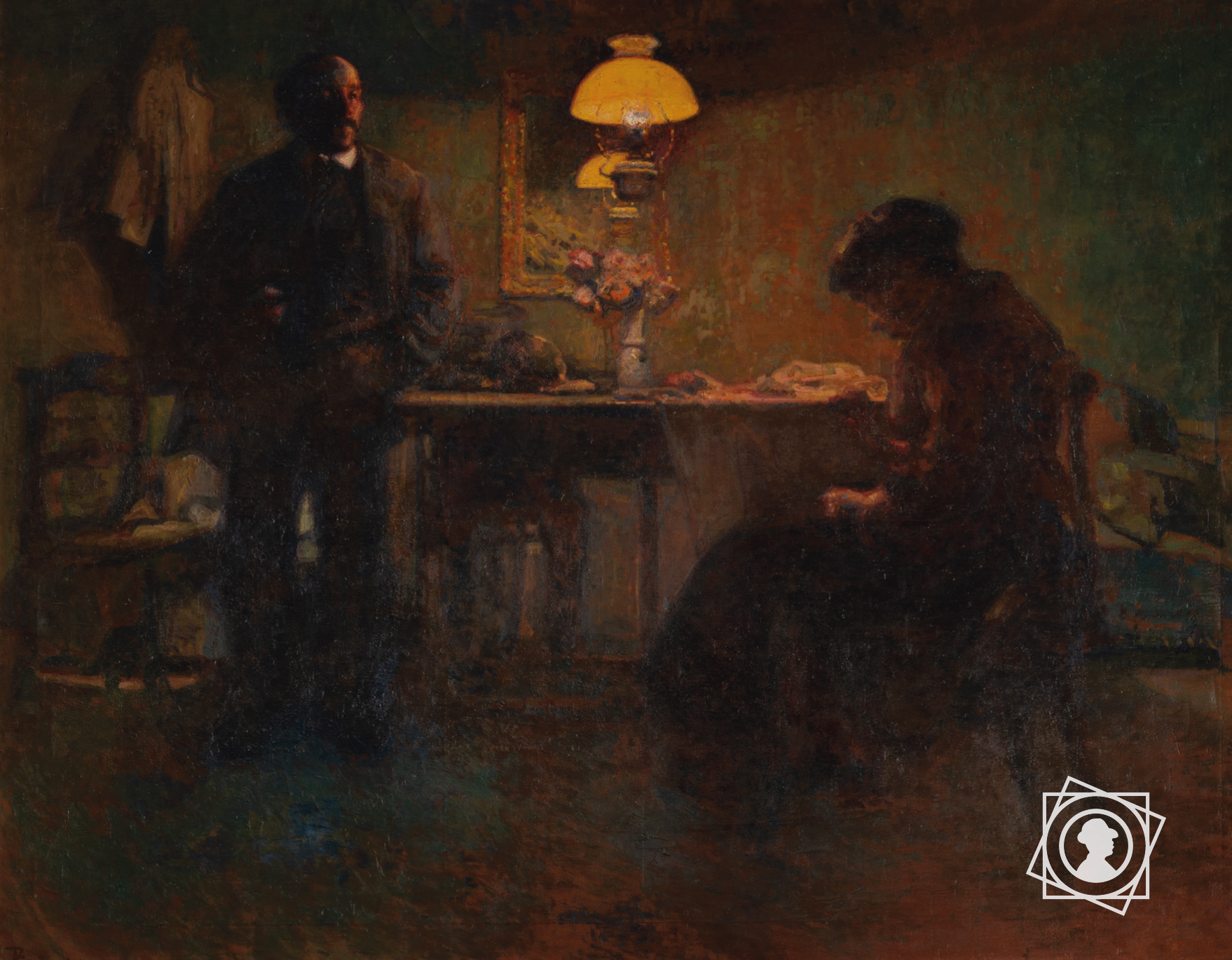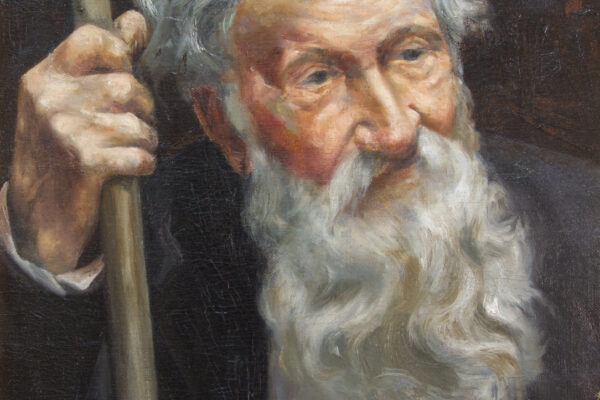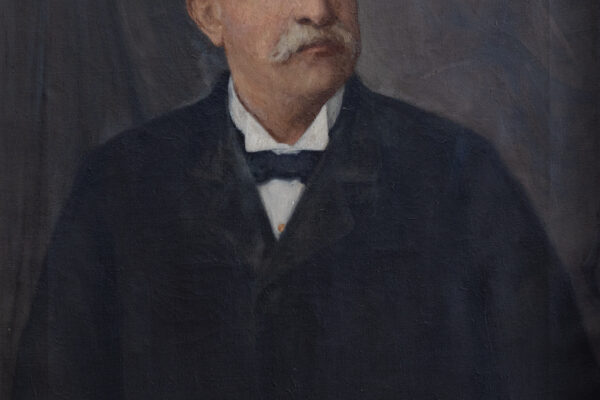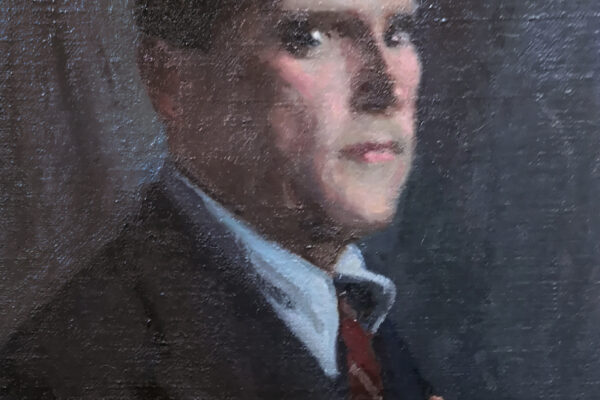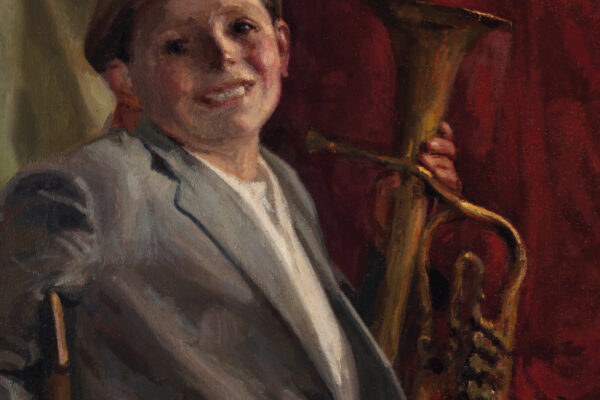Oil on canvas, 135×173 cm
Before 1916
Siena, Collection of the Società di Esecutori di Pie Disposizioni
Presented in 1916 in Rome with the title First Suspicions, this painting presents an after-dinner scene of a family around a dining table on which the child has already fallen asleep. The father, standing, seems to be rebuking his wife for some shortcoming, alluded to by the work’s first title. That same year, the artist lost his father, and perhaps he realised that the authoritarian figure he had portrayed reminded him of his own father, so he changed the title. The picture is dark, evoking a dramatic, tense atmosphere, where the presence of different light sources leads the viewer to seek out and analyse the psychological and emotional complexity of the people depicted.


